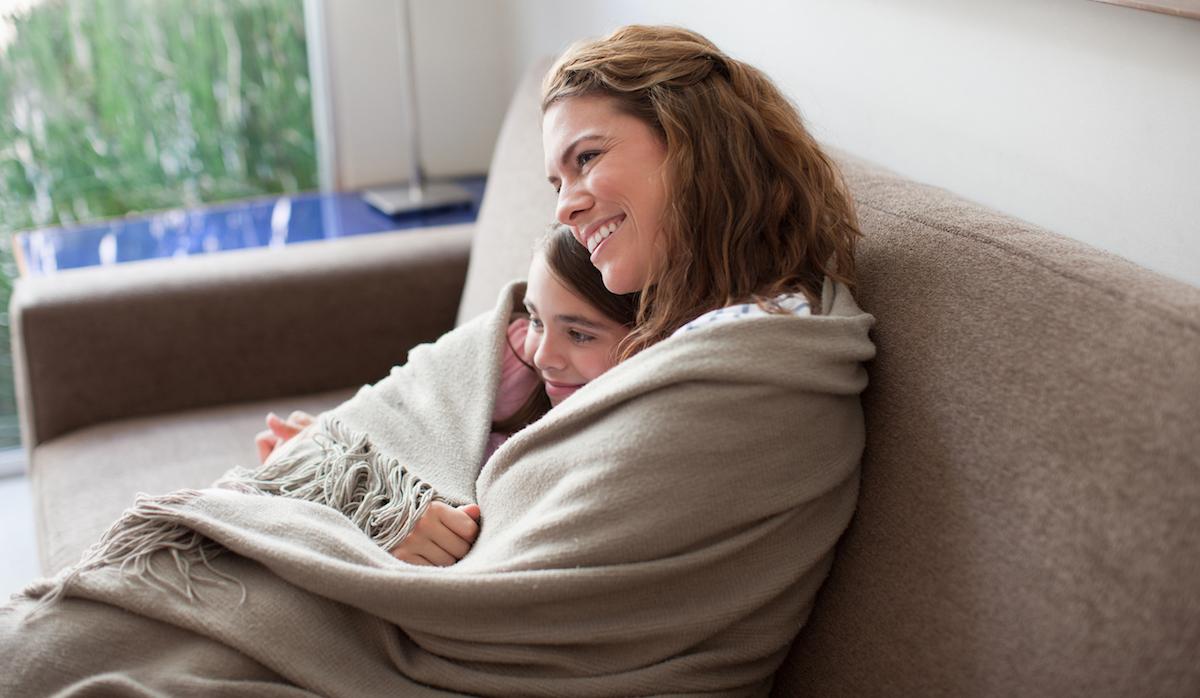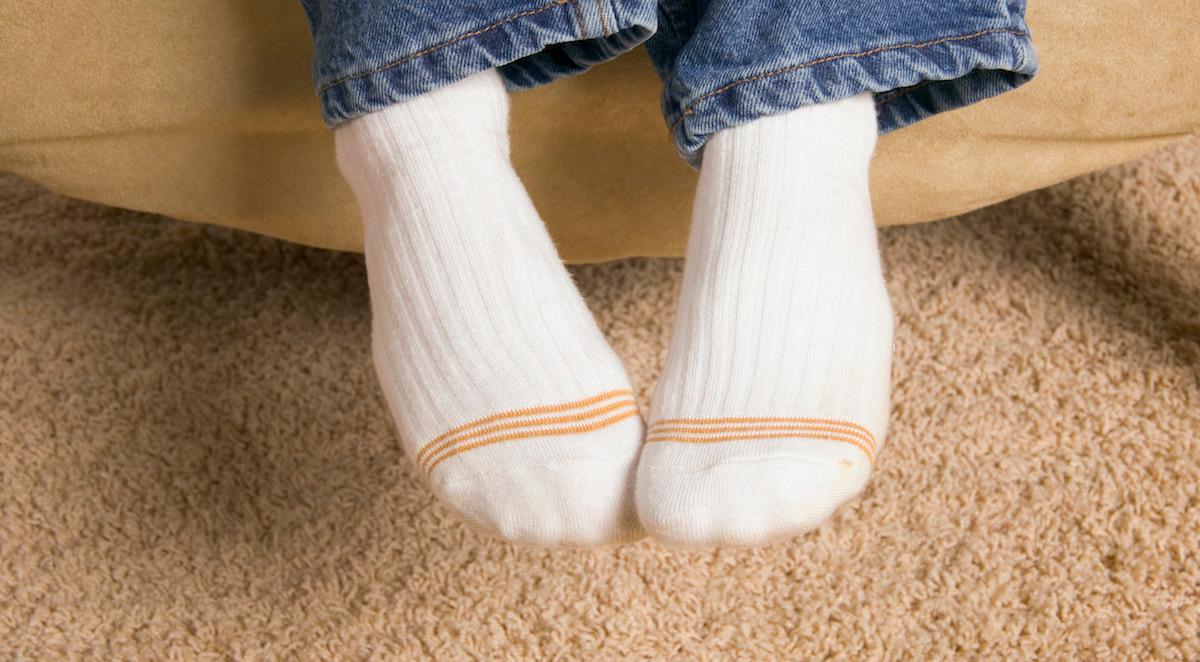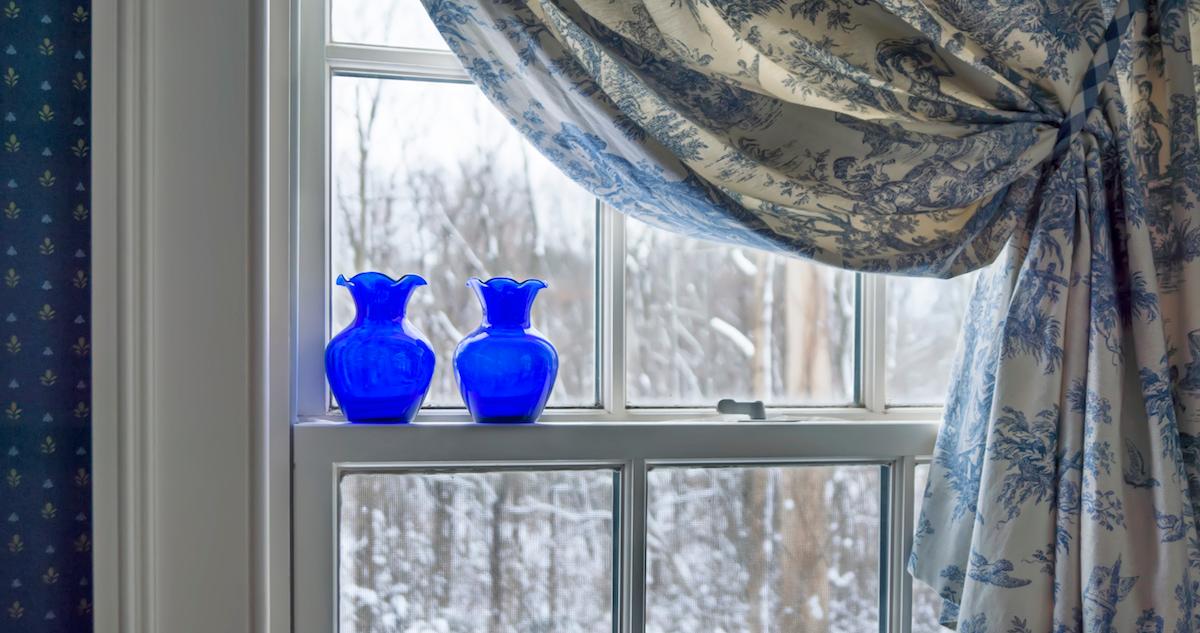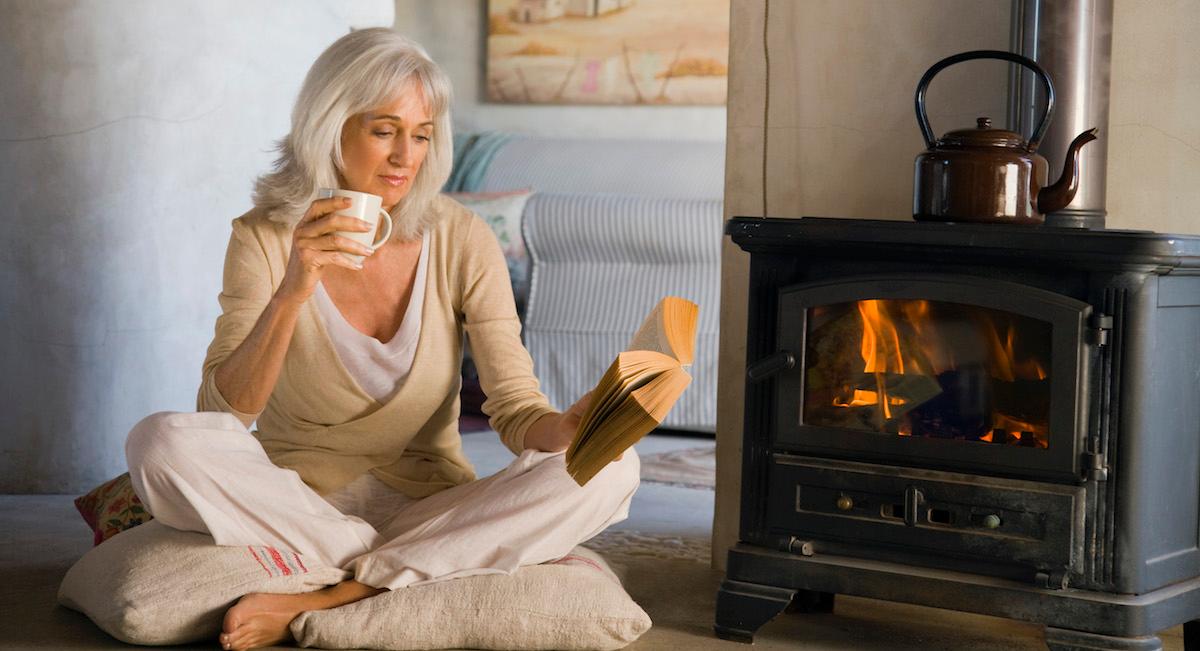These 6 Green Heating Methods Will Keep Your Home Nice and Toasty
Published Aug. 12 2021, 9:35 a.m. ET

Although heating systems that utilize coal, oil, and natural gas aren’t expensive to use, they are incredibly damaging to the environment because of how they are harvested and their high carbon emissions. Fortunately, modern technology has allowed for new, greener innovations for home heating. If those options are too involved or expensive for your tastes, there are plenty of old-school, environmentally-friendly heating options available as well.
Throw blankets

If you don’t want to spend big and you’re not afraid of conserving heat using your existing fossil fuel systems, a great way to stay warm is to invest in a couple extra blankets. Throwing a few of them onto the sofa or piling a couple of extra onto your bed at night will keep things warm and toasty on the days where it isn’t absolutely freezing outside.
There are plenty of sustainably made quilts, throws, and weighted blankets available on the market, but you could always DIY one if you’re crafty enough.
Carpets

Wood, tile, or stone flooring makes for chillier winters — especially without a pair of slippers. But bare floors aren’t just a cause for cold feet, they can also make your whole house colder overall. If you want to warm things up with a little stylish insulation, we would suggest throwing down some carpet. Even a small area rug will help warm the room and your tootsies.
Curtains

Opening your window is a great way to let in a cool breeze on a balmy summer day, but what makes them great in the heat ultimately makes them a liability in the cold. Unless your windows are insulated or double-glazed, you’re going to get the occasional draft coming through during the winter months. Replacing them is fairly costly, but according to Coastal Windows & Exteriors, a pair of thick curtains might be a reasonable solution.
Heavy curtains act as extra insulation in the same way that carpets do. They block air flow sneaking in through cracks in the windows, and won’t cost nearly as much time and money as replacing your windows. But if your heating bills are through the roof, it might be time to look into window upgrades or replacements. It’s a heavy initial investment, but saves on heating and air conditioning in the long run.
Wall insulation

Proper wall insulation can impact how much fuel you burn. Like curtains, insulation traps the movement of air, but while typical pink fiberglass insulation might be the most economical choice, it is far from the most ecological. Not only is it not biodegradable, according to Citizen Sustainable, but fiberglass insulation has also been known to cause skin and eye irritation, as well as respiratory issues in some people.
There are other, more eco-friendly choices available, however, according to Elemental Green. These days, folks are using plant-based cotton insulation, sometimes made of huge batts of cotton denim to pack their walls. Others are looking to cellulose, a type of recycled paper, as a viable type of insulation.
Finally, there are scientific marvels like Aerogel, a manmade material a material that’s made by removing the liquid from silica. Once the silica is pressed and hammered out, the resulting Aerogel is basically about 90 percent air. According to NASA, its also the lightest material known to man.
Pellet stoves

According to How Stuff Works, a pellet stove is the modern-day version of a wood-burning stove. Pellet stoves burn biomass, which can be made from wood or other plants. It’s a sustainable, clean-burning form of fuel that is cheaper than propane, oil, and natural gas, which makes it ideal as a replacement for those other carbon dioxide-producing fuels.
Biomass pellets are also affordable, according to MyMove. A single pellet stove, purchased for around $2,500, can heat a 1500 square foot home. Biomass also reuses waste products, as some forms of commercial biomass are made from switch grass or the sawdust collected from lumber mills.
Energy Star appliances

It isn’t just air conditioners, washing machines, and refrigerators that have been made with energy-saving technology these days. Many furnaces, boilers, air-source heat systems, ductless and systems also carry the Energy Star label, and many of these can be wired into your home system and regulated using smart thermostats.
These devices can be controlled using your home’s wifi connections and can be set to trigger or adjust depending on specific parameters. That way, your heat doesn’t turn on when you don’t need it.